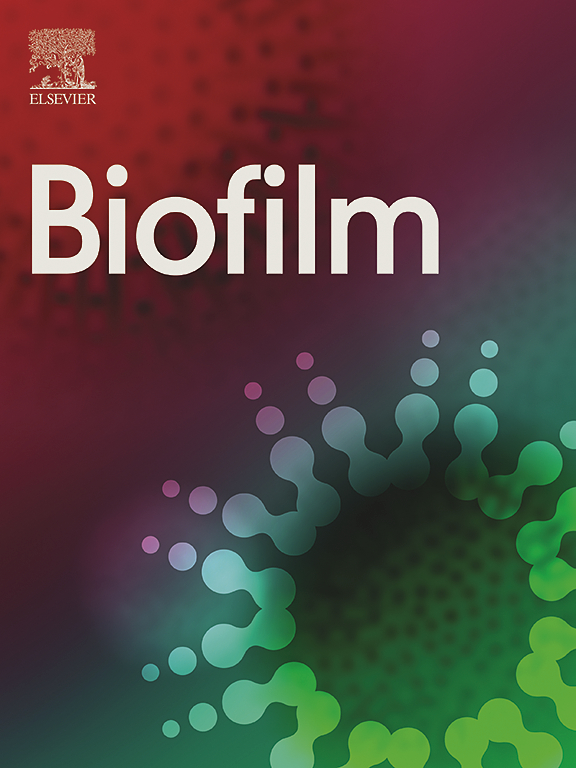Preclinical ex vivo IL2RG gene therapy using autologous hematopoietic stem cells as an effective and safe treatment for X-linked severe combined immunodeficiency disease
IF 6.9
2区 医学
Q1 BIOCHEMISTRY & MOLECULAR BIOLOGY
引用次数: 0
Abstract
X-linked severe combined immunodeficiency disease (X-SCID) is a rare inherited disease caused by mutations in the interleukin 2 receptor subunit gamma gene (IL2RG), which encodes the common γ chain protein, a subunit of the receptor for lymphocytes. X-SCID is characterized by profound defects in T-cell, B-cell, and natural killer cell function. Here, we report a Chinese cohort of nine X-SCID patients with six novel IL2RG mutations. Among those, the two adolescent patients with an atypical immunotype were confirmed by further analyzing IL-2-JAK-STAT5 signaling, T cell proliferation, and T cell receptor excision circles (Trecs). Interestingly, Bacillus Calmette-Guérin (BCG) disease occurred commonly in this cohort. Although allogeneic hematopoietic stem-cell transplantation is curative for the disease, it is not available to all patients due to the lack of suitable matched donors. Autologous gene therapy using a self-inactivating lentiviral vector (SIN-LV) technology has provided an alternative therapy for such mono-genetic diseases. Here, we performed the pre-clinical studies to assess our SIN-LV carrying IL2RG on human ED7R cells deficient in IL2RG and CD34+ stem cells derived from the bone marrow of a healthy donor and a patient with X-SCID. This work is done complied with the established “Good Manufacturing Practice” (GMP) used in the clinical trials. In addition, a safety study is performed using the transduced CD34+ cells implanted into the axilla of nude mice in vivo. Overall, our studies have demonstrated the efficiency and safety of SIN-IL2RG-LV, which paves the way for conducting X-SCID gene therapy clinical trials in China in the near future.
求助全文
约1分钟内获得全文
求助全文
来源期刊

Genes & Diseases
Multiple-
CiteScore
7.30
自引率
0.00%
发文量
347
审稿时长
49 days
期刊介绍:
Genes & Diseases is an international journal for molecular and translational medicine. The journal primarily focuses on publishing investigations on the molecular bases and experimental therapeutics of human diseases. Publication formats include full length research article, review article, short communication, correspondence, perspectives, commentary, views on news, and research watch.
Aims and Scopes
Genes & Diseases publishes rigorously peer-reviewed and high quality original articles and authoritative reviews that focus on the molecular bases of human diseases. Emphasis will be placed on hypothesis-driven, mechanistic studies relevant to pathogenesis and/or experimental therapeutics of human diseases. The journal has worldwide authorship, and a broad scope in basic and translational biomedical research of molecular biology, molecular genetics, and cell biology, including but not limited to cell proliferation and apoptosis, signal transduction, stem cell biology, developmental biology, gene regulation and epigenetics, cancer biology, immunity and infection, neuroscience, disease-specific animal models, gene and cell-based therapies, and regenerative medicine.
 求助内容:
求助内容: 应助结果提醒方式:
应助结果提醒方式:


